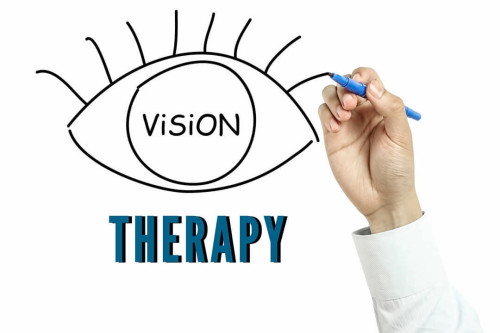News

15 May 2018
Vision Therapy: An “OculoGym”
Innercise your brain
Waking up in the morning with a smile on your face is not always easy, but for Gaurav, it used to be a true challenge. Just thinking about the school day he had ahead of him was enough to bring on a bad mood. Reading was a struggle for Gaurav, and his grades were below average. Top this off with three to four hours of homework every night and you have a very good reason for waking up on the wrong side of the bed.
After a thorough exam at Shroff Eye Center, it was revealed that Gaurav’s learning difficulties were related to a hidden visual problem and his eyes are not properly teaming together. This would explain why Gaurav used his finger as a marker when reading, read slowly, had poor reading comprehension and sometimes confused or reversed letters or words.
If a person’s eyes do not work together with the way they are supposed to, reading, school activities and homework can become a big struggle. Imagine trying to take notes from an overhead projector when your eyes do not allow you to focus quickly from your paper to the screen. Imagine how easy it would be to fall behind your classmates because you only have half the notes to study from for the big test! Now try to imagine how you feel about yourself when you are trying your best and always coming out “below average.” After years of struggling, it is understandable why a person in Gaurav’s position would want to give up, stop trying so hard, and have a bad attitude towards school, reading, and homework.
Gaurav started Vision Therapy this summer. In the beginning, he often told his mom that he did not know why he had to go through the program. According to Gaurav, he could see just fine. To be honest, they had never heard of this type of vision problem before, and it seemed hard to believe that the problem could be corrected with just a few weeks of in-office therapy for 30 minutes a day on Vectogram, Prisms and lenses, Aperture Rule, Flippers, Mirror Stereogram and home exercises with Brock String and Fusion cards.
After few months of Vision Therapy exercises, he now enjoys reading, his homework does not take as long as it used to, and he made the good grade in the school! Gaurav’s parents cannot believe the change in their son. Mornings have also changed around their house. Gaurav now wakes up with a smile on his face and a “good morning” for his mom!
Vision Therapy
Vision therapy is a sequence of activities individually prescribed and monitored by the vision therapist to develop efficient visual skills and processing. It is prescribed after a comprehensive eye examination has been performed and has indicated that vision therapy is an appropriate treatment option. The vision therapy program is based on the results of standardized tests, the needs of the patient, and the patient’s signs and symptoms. The use of Brock string, Vectogram, Mirror stereogram, Pegboard, O-scope, Aperture rule, Flippers, Prisms, Filters, lenses, and computer programs is an integral part of vision therapy.
Who needs vision therapy?
The simple answer is: “Everybody!” All can benefit from more efficient vision. However, certain individuals will especially benefit from this type of care:
1. Symptomatic Phorias & Vergence problem (Fusional vergence dysfunction)
2. Computer-related vision problems(Computer Vision Syndrome)
3. Focusing problem (Accommodative dysfunction)
4. Visual acuity & binocularity problem in lazy eye (Amblyopia & Suppression problem)
5. Poor reading skill (Saccades, Pursuits & tracking problem)
Vision therapy is administered in the office under the guidance of the vision therapist. It requires a number of office visits and depending on the severity of the diagnosed conditions, the length of the program typically ranges from several weeks to several months. Activities paralleling in-office techniques are typically taught to the patient to be practiced at home to reinforce the developing visual skills.
Sort By
- Speciality +
- Neurophthal
- Cataract & IOL Surgery
- LASIK ( Refractive Surgery )
- Cornea
- Dry Eye
- Retina & Vitreous
- Glaucoma
- Neuro - Ophthalmology
- Squint & Orthoptics
- Pediatric Ophthalmology
- Uvea & Ocular Inflammation
- Orbit & Oculoplasty
- General Ophthalmology
- Contact Lens & Low Vision Aids
- Conjunctivitis
- Contact Lens
- Diabetic Retinopathy
- Age Related Macular Degeneration
- Cataract
- Location +




 Call Now
Call Now Book an
Book an Chat
Chat